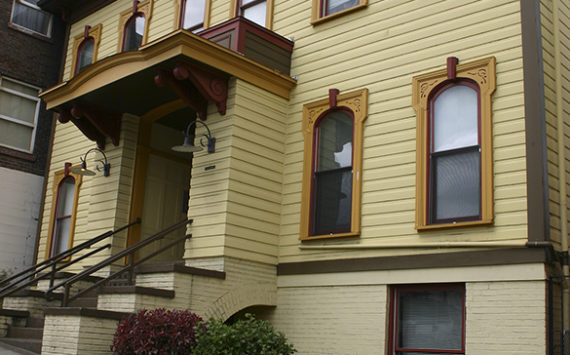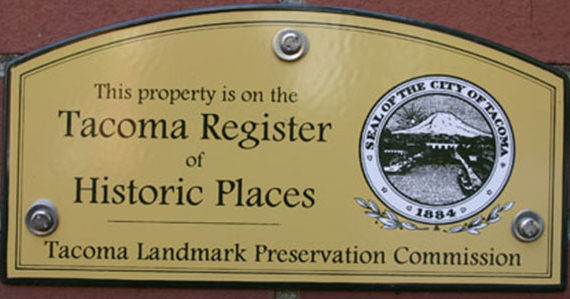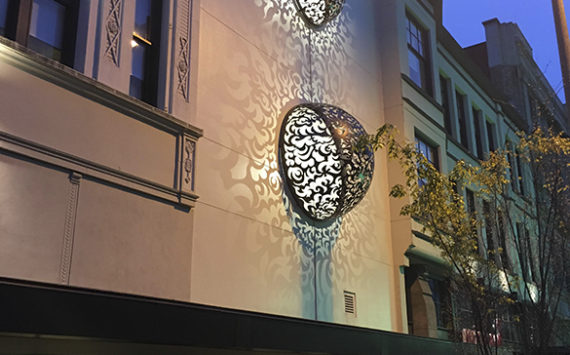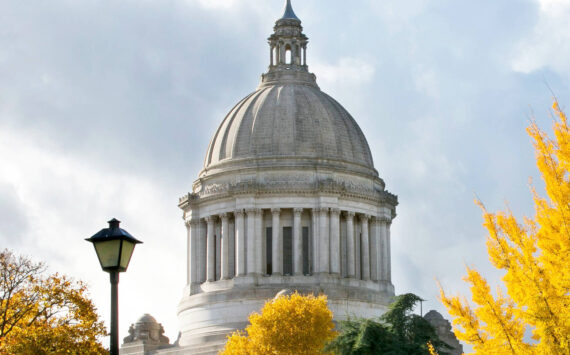Amid clangs and roars of passing locomotives and rumbling traffic along I-705, city leaders broke ground yesterday on the D Street Overpass, a $22.5 million project aimed to ease congestion on a major corridor for freight and pedestrian activities near the Thea Foss Waterway.
When the project is completed in 2008, the raised roadway will separate rail and motor vehicle traffic, ease the existing railroad curve around the tip of the Foss (allowing trains to travel faster in and out of the Port of Tacoma), and create a link for pedestrians between the Dome District and the Foss esplanade.
Indeed, congestion in the area has frustrated motorists for years — largely the result of a sharp rail curve that forces locomotives to slow, and causes motor vehicle traffic to wait for long periods as trains pass.
We couldnt be starting this project soon enough, said Port of Tacoma Commissioner Clare Petrich, who welcomed the task of straightening the rail curve. It is so essential to improving the velocity of trains through Tacoma.
Petrich also highlighted the safety benefit of separating motor vehicle traffic from rail traffic. She was concerned about drivers who race along Dock Street to avoid waiting for an approaching locomotive. People do dangerous things here because they are impatient, said Petrich. Now, a lot of us wont be waiting for trains.
She added that 400 permanent, family-wage jobs will be directly connected to the completion of the project.
This is a big sigh of relief, said Pierce County Executive John W. Ladenburg, who spoke before a ceremonial groundbreaking. This project has been in front of me almost the entire time I have been in regional government. Freight mobility is a key actor in Tacomas economic viability. This is a big deal for the city. Im looking forward to turning the dirt.
Ladenburg, who also chairs the Sound Transit board of directors, commented that allowing locomotives to ravel more efficiently through the area will increase the number of Sounder trains in and out of Tacoma. He anticipated that Sounder service would increase from six trains per day to 18 trains per day, moving 25,000 more people in and out of the city, as a result of the overpass.
The project is funded by a large swath of private and public entities, including: Burlington Northern Santa Fe, Economic Development Administration, Federal Highways Administration, Freight Action Strategy, Freight Mobility Strategic Investment Board, Port of Tacoma, Puget Sound Regional Council, Sound Transit, Surface Transportation Urban Landscape, Transportation Improvement Board, and Union Pacific.
The overpass is part of a so-called FAST Corridor Project, which aims to streamline the movement of freight through the central Puget Sound region of Washington State.








